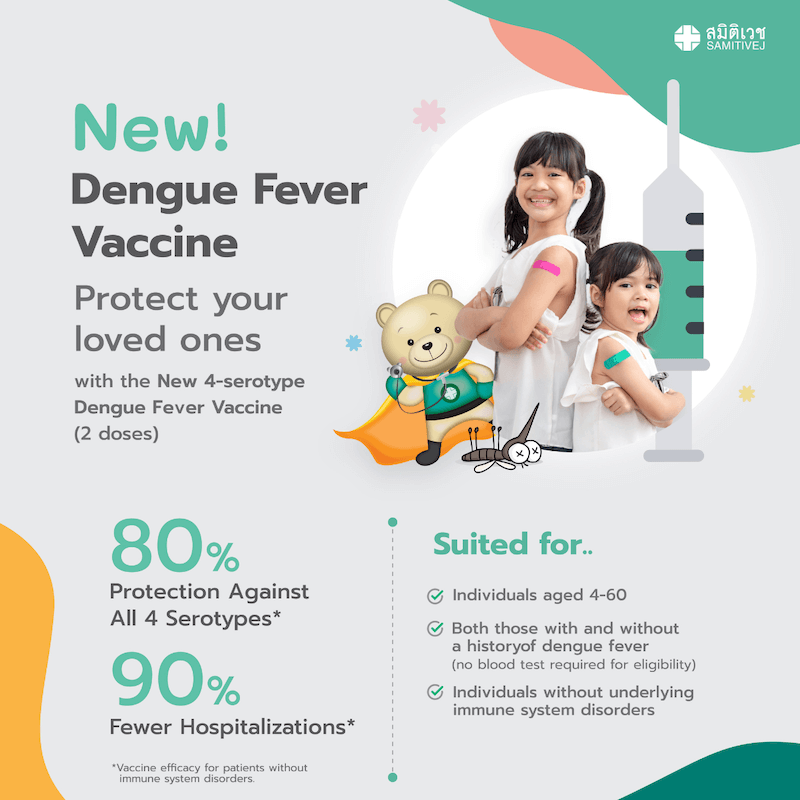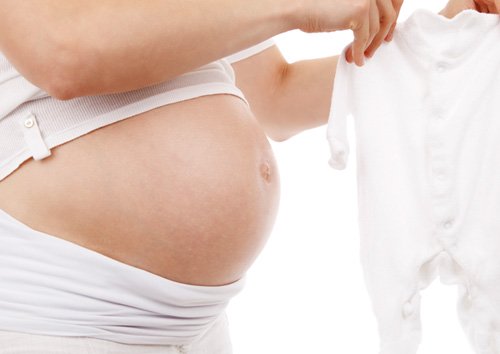Vaginal Birth After Caesarean (VBAC) is a safe procedure, common around the world. It allows you to give birth safely and comfortably, even if an earlier pregnancy resulted in a C-section. The American College of Obstetricians and Gynecologists recommends that all doctors offer VBAC to expectant mothers.
Anyone who wants a natural birth is an ideal candidate for VBAC. Please note that VBAC is not entirely without risk; there is a 1% or lower risk of uterine rupture.
To assess the risks associated with VBAC, it is helpful to determine why a previous pregnancy might have resulted in a C-section. For example, if the abnormal position of the baby or the abnormal location of the placenta necessitated the first caesarean, VBAC would be a low risk process the next time. However, if a C-section was required because of the mother’s small pelvis or the baby’s large size, vaginal birth could be complicated for subsequent pregnancies as well. Risks associated with VBAC increase if a woman has had uterine surgery, more than one C-section, or if her baby is bigger than her pelvis. If the interval between pregnancies is less than a year, risks increase substantially; some doctors are unwilling to recommend VBAC to such patients.
In all other cases, VBAC is highly recommended as it saves mothers and infants from the many risks associated with a C-section such as higher rate of infection, higher adhesions, and abnormal placenta which can cause heavy bleeding and eventually lead to a hysterectomy. With a C-section, the number of children a woman can have is limited. However, once a woman reverts to vaginal birth, she can have as many babies as she wants.
Mothers who are keen on VBAC must try to ensure that their baby is not very large, but is extremely healthy. This is easily achieved by following a healthy diet high in proteins, minerals, and vitamins and low in carbohydrates and fats. Such a diet not only ensures the baby’s growth, but also good health. With a healthy diet, you can ensure that the baby is healthy but not too big for a vaginal birth. If you eat healthy food and gain weight properly, then VBAC is successful. Food high in fat and/or carbohydrates can make the baby large.
If you have had a C-section earlier and would now like to have a natural birth, there is no need to worry. Plan your pregnancy and your delivery the way you would plan your meals or your career — step by step. Once your plan is ready, implement it diligently. Many factors would have to be taken into consideration, the most important of which are the health of the mother and child. So, eat healthy, take your supplements, and stay positive and happy.
How to prepare yourself for VBAC:
1. First, decide whether you would like to have a VBAC.
2. Choose the right doctor.
3. Learn which food is best for you, so that the baby is neither too big nor too small but is healthy and safe.
4. During delivery, trust your body and your doctor.
VBAC is risky if:
• You have had a C-section recently, less than a year ago.
• You are expecting multiple children in this pregnancy.
• You have a very small pelvis and a very large baby.
• You have any other infections/complications that could endanger you or your baby.
Opt for VBAC if:
• You want to have more children in future.
• You want to reduce the amount of medicines you and your infant are exposed to.
• You want to reduce risk of infection.
• You want to form a close bond with your newborn in the golden hour.
For further information, please contact the Women’s Health Center at Samitivej Sukhumvit Hospital














